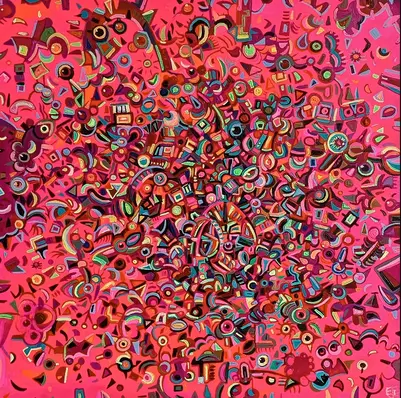


Founded in 1790 by potters from the Opatów and Ćmielów guilds, the Porcelain Factory in Ćmielów, which is still in operation today, is one of the oldest porcelain factories in our region. For over 200 years of activity, thousands of pieces of porcelain in a wide variety of styles and forms have left the factory. It is from Ćmielów that such services as the classic Rococo, the art déco icon Płaski or the modernist Krokus originate.
Faience beginnings
Porcelain didn't arrive in Ćmielów until the late 1830s – initially, Ćmielów's speciality was faience. Faience vessels were decorated in imitation of English vessels using the copperplate printing technique. It consisted of imprinting engraved plates on faience. This was an innovative technique on Polish soil - Ćmielów was the first manufactory to use this type of decoration. Finally, the year 1838 brought porcelain. Under the watchful eye of the factory's director at the time, Gabriel Weiss, the first porcelain vases and cabarets were created. In the second half of the 19th century, the first services left the factory.
Age of innovation
Porcelain production became more and more perfect over time. In addition to porcelain, majolica, and stoneware were also produced, but this was at the expense of faience, which was discontinued in the 1870s. Until the end of the 19th century, porcelain was decorated with hand paintings, which were eventually replaced by decals. Decalcomania consisted of decorating dishes by applying selected designs, which were made lithographically with ceramic paints on paper coated with Arabic gum. For the decoration to transfer, the vessel had to be covered with rosin, a soft resin dissolved in turpentine. The chosen design was then glued onto the dish and pressed gently with a wet sponge. The vessel was then fired, and the decoration was fixed in this way. Decal transfers allowed for quick and effective decoration of Ćmielów wares, and thus became extremely popular, outclassing hand paintings.
The 1930s were a period of many innovations at the factory. It was then that the iconic Bogdan Wendorf designs of the Kula, Kaprys and Płaski services were purchased. All three services were characterized by their elegant, geometric form, which in a few decades would become almost synonymous with the art déco style in Polish applied arts. At this time, the recipe for solid-coloured porcelain was also developed. The engineer Bronisław Kryński was behind it, and it was thanks to him that the factory began producing pink, cream and ivory-coloured porcelain. The pink porcelain was eagerly used to create new models such as Płaski.
New reality
During the Second World War, work in the factory slowed down rapidly and only ⅓ of all products could be sold on the open market. They were faced with the unavailability of some raw materials necessary for the production of high-quality porcelain, so they began to produce lower-quality wares to supply places such as canteens. During this difficult time, the Ćmielów factory brought in Franciszek Kalfas. Kalfas was a sculptor from Kraków, who produced numerous designs for small sculptures or vessels with figural motifs in a medium that was new to him, and took over as artistic director until the end of the war.
After the Second World War, the old designs from the inter-war period were initially still produced. However, by the mid-1950s and then in the 1960s, new fashions such as Krokus, Goplana and June had already appeared. This was the responsibility of the Ćmielów Design Centre, operating under the control of the Bureau for the Supervision of Production Aesthetics, headed by Wanda Telakowska, which became the Institute of Industrial Design in 1950. The phenomenon of the factory became the cameral figurines designed between 1955 and 1965.
Ćmielów today
The fall of communism in Poland brought about the privatization of the factory. After turbulent ownership transformations, the factory became a company that was incorporated first into Polish Porcelain Factories “Ćmielów” and “Chodzież” S.A. and then into the Polish Porcelain Group. Polish Porcelain Group was further expanded with the Lubiana factory and the Ćmielów Design Studio, artistically led by Marek Cecuła. Today's Ćmielów porcelain continues the tradition of high-quality porcelain that combines beauty with convenience.